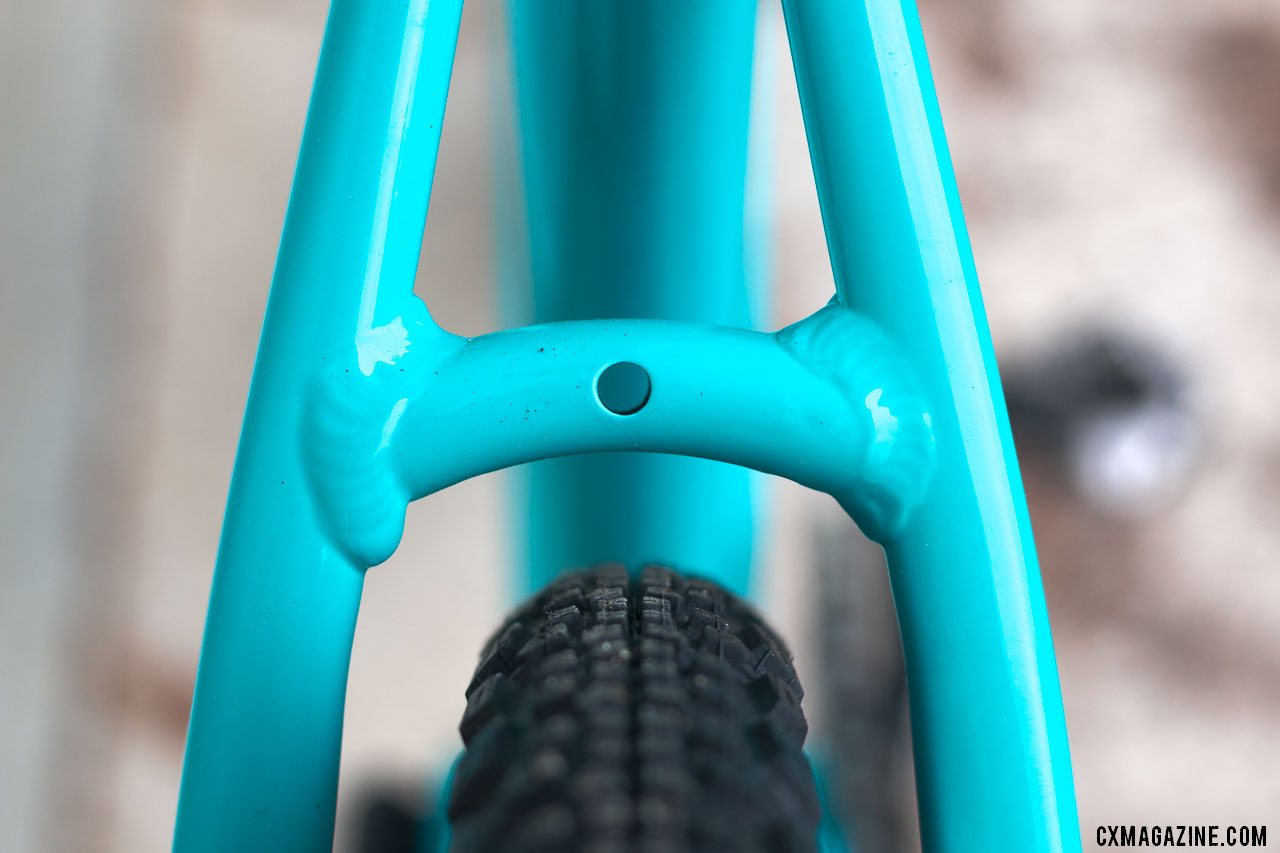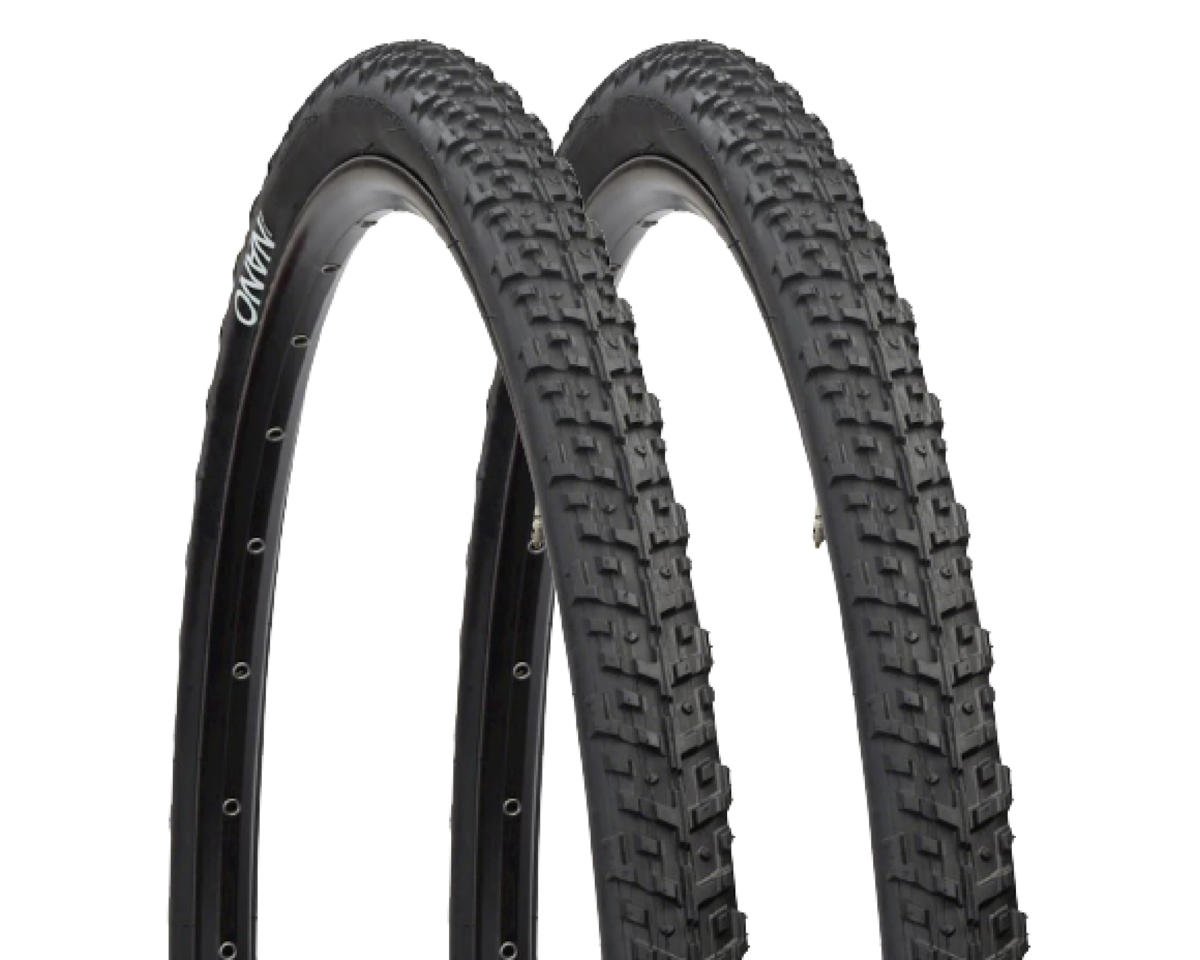Canada’s Rocky Mountain Bicycles began in 1981 and has produced bikes for several disciplines during its 35+ years. The company started with road and mountain bike models and eventually added commuter and cyclocross bikes to its lineup as well.
Long-time cyclocross fans might be familiar with seeing Rocky Mountain drop bar bikes at the front of a race. Three-time mountain bike world champion Alison Sydor, who raced cyclocross in the U.S. late in her career, Chris Sheppard, Geoff Kabush and Raphael Gagne all piloted drop-bar Rocky Mountain bikes to podiums over the years, and the company even put together special carbon Solo CX machines for Gagne, which we profiled in 2013.
Today, Rocky Mountain Bicycles is best known for its mountain bikes, and if you visited the company's website (bikes.com, lucky them!) recently looking for a drop bar machine, you would have left feeling flat after looking at all the handlebars—the cyclocross bikes are gone.
In 2018, Rocky Mountain resurrected the Solo drop-bar model bike, and it reemerged as a do-it-all gravel and adventure bike.

The $1,900 Rocky Mountain Solo 50 comes with a SRAM Apex 1 groupset and plenty of clearance for wide 700c and 650b tires. Rocky Mountain Solo gravel/adventure bike. © Cyclocross Magazine
Rocky Mountain offers the Solo in two models: the entry-level $1,900 Solo 50 and the higher-end Solo 70. At a price premium of $650 USD, the Solo 70 upgrades from a SRAM Apex 1 to a Force 1 groupset and shaves off a pound of weight. Both models come with tubeless-ready wheels and wide 40mm Maxxis tires.
Cyclocross Magazine received a Rocky Mountain Solo 50 test bike for grinding some local gravel. Stay tuned for a full review after we take the Solo 50 on some backroad adventures.
Rocky Mountain Solo 50
The Solo 50 has a 6061 SL series aluminum frame with a claimed weight of 3.1 pounds and a 1.7-pound carbon disc fork. The flat mount carbon disc front fork has 15mm thru-axles and the rear is 12x142mm. While most companies have moved towards 12mm thru-axles up front on drop bar bikes, Rocky Mountain's choice of 15mm gives 650b mountain bike owners a better chance of swapping wheels and rotors for a higher-volume ride.
Similar to the Open U.P.P.E.R., 3T Exploro and Ibis Hakka MX, the Solo 50 has a dropped drive-side chainstay for more tire and chain ring clearance and dual wheel compatibility. Rocky Mountain put together a frame with a geometry that should please most. Our size Medium test model paired a 71-degree head angle, 74-degree seat angle, a 399mm reach, 580mm stack, 160mm head tube and 425mm rear-center (horizontal effective chainstay length).

The alloy Solo bike features a dropped drive-side chainstay for additional tire and chainring clearance. We have seen a similar feature on other bikes. Rocky Mountain Solo gravel/adventure bike. © Cyclocross Magazine
That geometry doesn't stray outside the range of "pure" cyclocross bikes, despite the gravel marketing, but we won't argue about labels. On paper, it should be at home but between the tape and on the gravel roads.
The Solo 50 comes built with Sun Helix TR25 SL 29 wheels mounted with 40mm Maxxis Ravager EXO tires. For riders looking for even more volume, the Solo 50 has room for 650b x 2.20” tires. Rocky Mountain told Cyclocross Magazine the chainstays have room for 700c x 42mm or maybe 650b x 2.25" tires if you want even more volume.

Rocky Mountain designed the Solo 50 with clearance for 650b x 2.20" tires. It comes with 700c x 40mm stock. Cable/hose routing is internal in the down tube but external along the stays. Rocky Mountain Solo gravel/adventure bike. © Cyclocross Magazine
The Solo 50 has a 1x SRAM Apex 1 drivetrain and SRAM Apex hydraulic disc brakes. The FSA crankset and 40t chain ring pair with an 11-speed 10-42t SRAM XG cassette, which is not often seen on with an Apex build.
Rocky Mountain gave the Solo 50 other adventure-ready features to fit the bike’s billing. The handlebar is Rocky Mountain’s wide road drop bar with 12 degrees of flare, the fork and rear frame are both rack-compatible and it is also dropper post compatible.

Wide gravel tires and fender and rack mounts are in line with the Solo 50's gravel/adventure design. Rocky Mountain Solo gravel/adventure bike. © Cyclocross Magazine
In total, our test bike weighs 22.0 pounds without pedals and has an MSRP of $1,900 USD. The 20.9 pound (claimed) Solo 70 with a SRAM Force 1 groupset has a price of $2,550 USD.
The Ride
The Solo showcases the possibilities of modern drop bar off-road bikes, with great tire clearance but nimble geometry that doesn't turn the bike into a touring bike.
The Solo performed well on gravel and dirt roads, with high-speed stability and climbing traction, while feeling at home on cyclocross-style riding and technical singletrack. The 70mm bottom bracket drop hits the sweet spot, with enough pedal clearance on the chunky stuff when paired with big gravel tires, and low enough for the swoopy descents.
Depending on the brand of tires and your tolerance for frame rub, the bike should fit some 45mm tires, giving you comfort, speed through the rough stuff, and great mud clearance when Mother Nature brings "true cross conditions." Even the flattened underside of the top tube makes for a cyclocross-worthy rig, should you encounter a run-up or an adventure ride portage.
Lastly, we are drawn by the appearance of the bike, as it pays homage to the company's mountain bike roots, with its sloping top tube and a fun aqua colorway that make for a bike that doesn't look like every other bike.
We worry that the 15mm front thru-axle might be eschewing the trend of 12mm axles on drop bar bikes, but should you want to upgrade the wheels, many wheel companies offer swappable caps that give you either size option.
Rocky Mountain may not be the first company that comes to mind when you think of drop bar bikes, but the company has done its homework to make a very capable bike that should change all of that.
For more, the company produced a video called The Long Way to accompany the release.
Rocky Mountain Solo 50 Gravel Bike Specifications
MSRP: $1900
Frame: Rocky Mountain 6061 SL Alloy, tapered headtube, 12x142mm thru-axle, offset chainstays
Fork: Rocky Mountain carbon gravel disc, flat mount, 15mm TA, fender mounts
Shifters: SRAM Apex 1
Brakes: SRAM Apex 1 hydraulic disc
Rotors: SRAM Centerline, 160mm
Crankset: FSA Gossamer Pro, 1x, 40t EVO
Bottom Bracket: FSA BB386
Rear Derailleur SRAM Apex 1
Cassette: SRAM XG 1150, 11-speed, 10-42t
Chain: KMC X11-1
Rims: Sun Helix TR25 SL 29
Spokes: WTB 2.0
Tires: Maxxis Ravager EXO TR, 700c x 40mm
Handlebar: Rocky Mountain Road Flare
Seatpost: Rocky Mountain 30.9mm
Saddle: WTB Silverado
More info: bikes.com
































